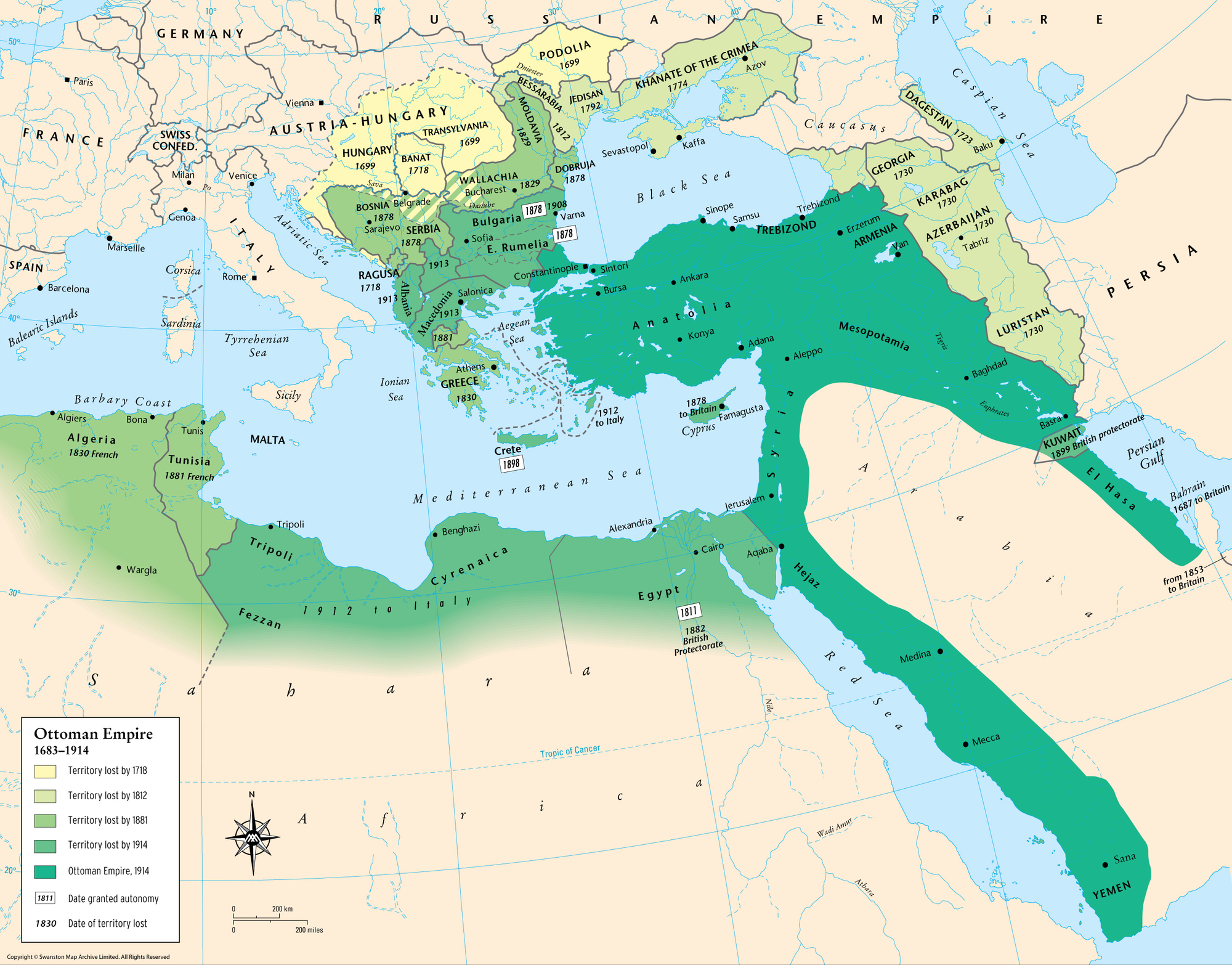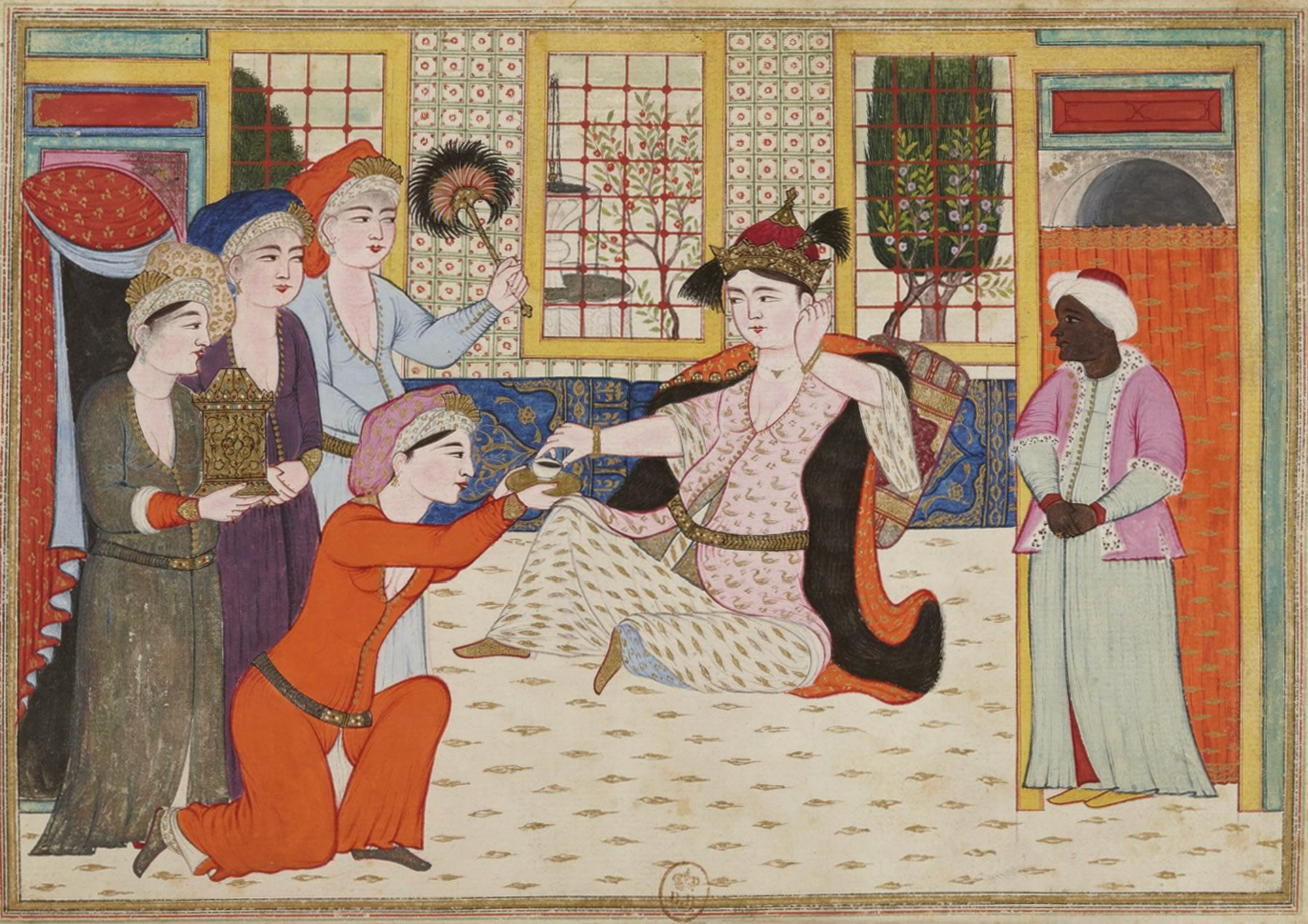“A Right Notion of Life”: The Ottomans in 1700
A discussion of teaching the Ottoman Empire in 1700 using an image of the Sultan’s mother drinking coffee.

In the last post, I discussed the Ottomans at the height of their power during the reign of Süleyman. As we continue this series of “snapshots” of the Ottoman Empire, we’re moving forward about 150 years. Most world history textbooks present the Ottomans as fully in decline by 1700. In Traditions & Encounters, the same chapter that describes the Ottomans under Süleyman finishes with them in “decline” and “deterioration.” In The Earth and Its Peoples, the words are “crisis” and “weakness.” At least in Worlds Together, Worlds Apart, the authors use “struggle” to describe the Ottomans in 1700.

The maps in these books also tend to jump straight from showing territory gained to how the whole empire is lost. I discussed this focus on the Ottomans’ decline and how to reframe it in two posts from 2016. One focused more on the sixteenth and seventeenth centuries, and the other focused on the eighteenth and nineteenth centuries. Six years later, most world history textbooks seem trapped, perpetuating the same old stereotypes. The sad part of this reality is that Ottoman historians don’t even talk about the problems with the decline thesis anymore. In an essay from 2007, Dana Sajdi commented on this state of affairs:
Although there is undeniable consensus in the field that decline thesis has been entirely debunked, a revised image of the Ottoman empire in the post-sixteenth century has not yet infiltrated other fields and has not yet been accepted in the world outside the academy. (37-38)
To help students understand the Ottoman Empire in 1700, I chose an image showing the women of the harem serving coffee to the valide sultan (the mother of the Sultan). This image allows us to escape the problematic rhetoric of decline and to focus on the growing influence of women in the government, the emerging culture of consumption, and the role of Black African eunuchs in the Ottoman Empire. We can also see how the Ottoman Empire became more closely linked to Europe and firmly part of an increasingly interconnected global economy in 1700.

The Image Itself
Musavvir Hüseyin, an Ottoman court painter, painted this image in the 1680s. The version reproduced here is from a 1720 French book Costumes turcs de la cour et de la ville de Constantinople (Turkish costumes of the court and the city of Constantinople). During the late seventeenth century, Ottoman painters began to produce more images for Europeans. It’s important to remind students that while this image was painted by an Ottoman painter, it was intended for European consumption.
This content is for Paid Members
Unlock full access to Liberating Narratives and see the entire library of members-only content.
SubscribeAlready have an account? Log in



